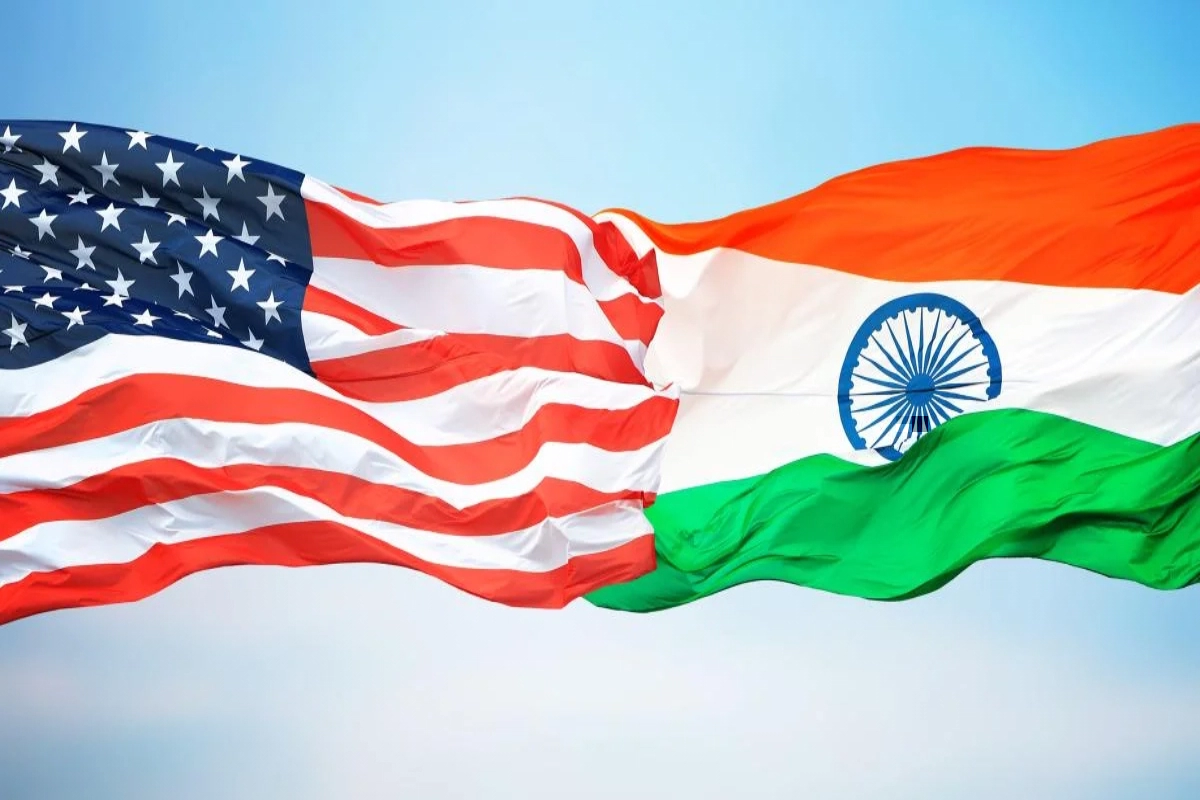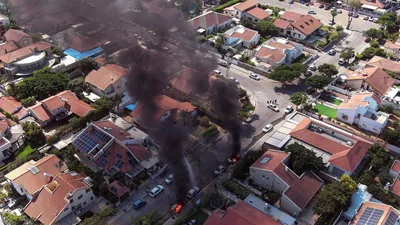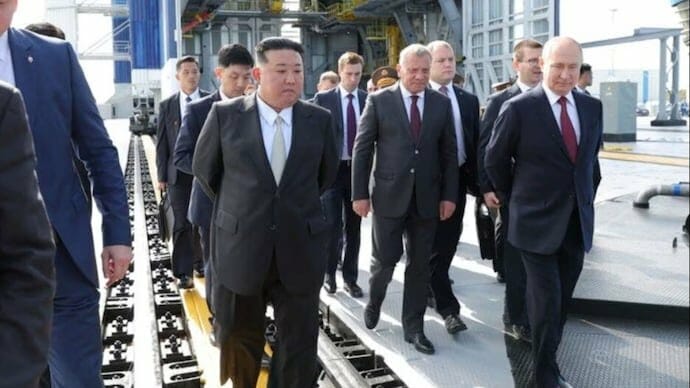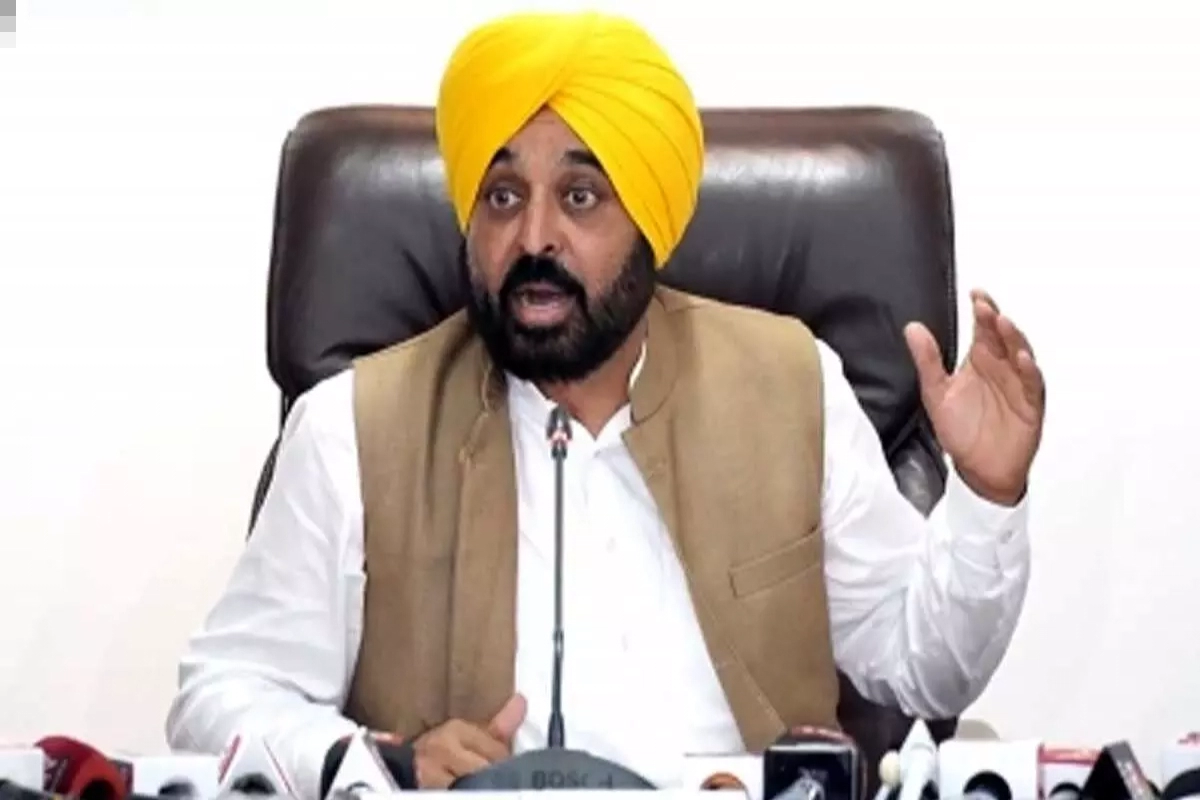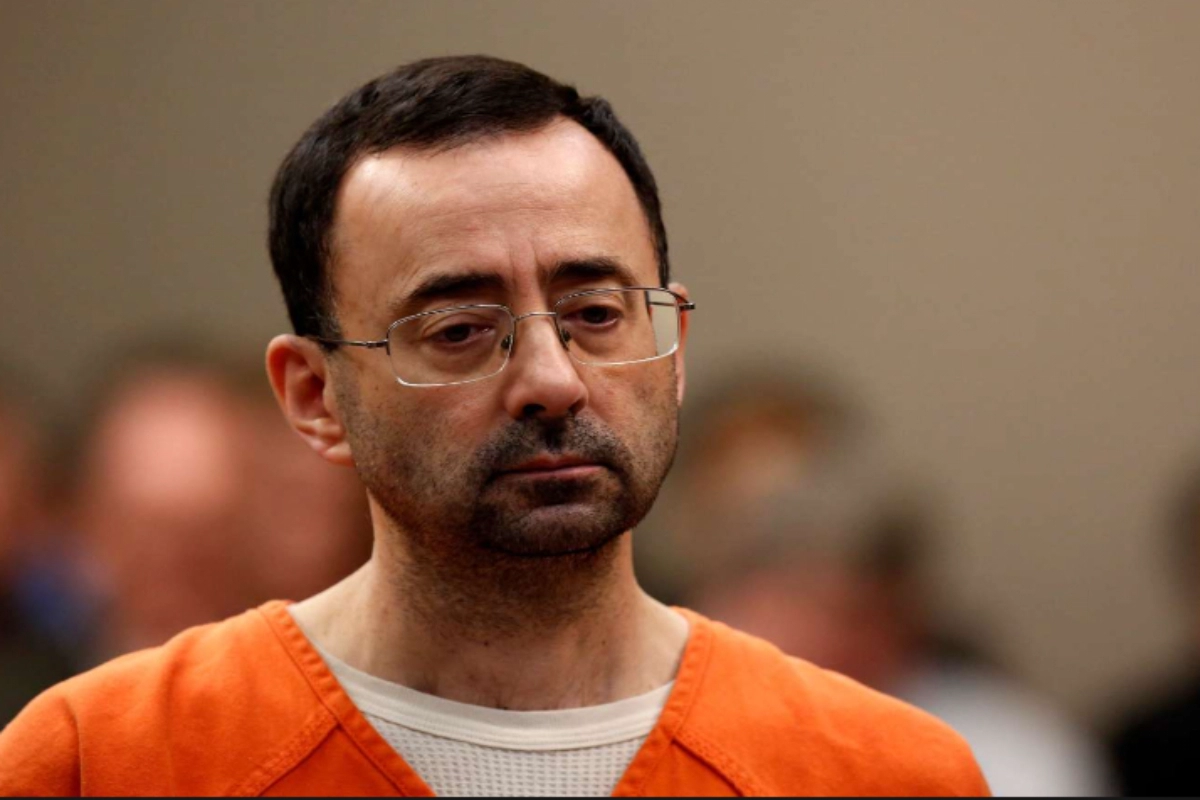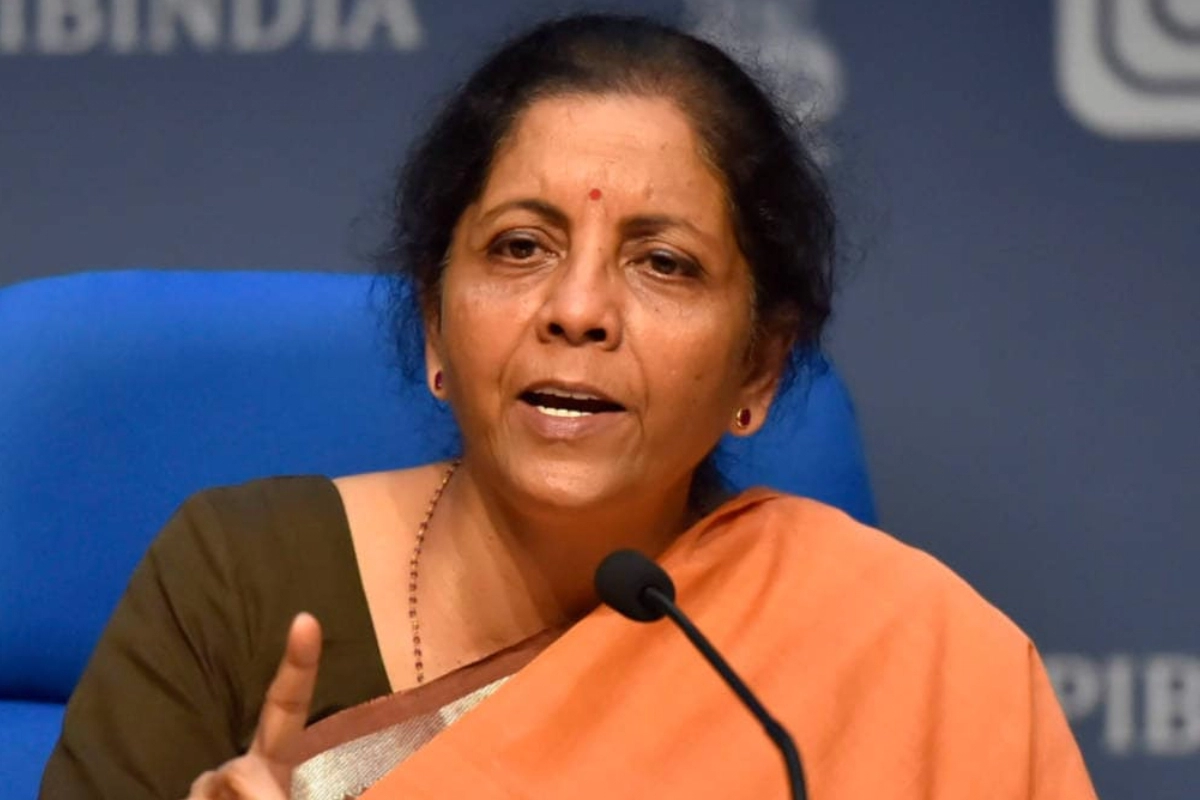US-India Relations: The biggest challenges for the United States in 2023 should be Russia, Ukraine, China, Energy Crisis and nukes and its policies would be hanging around these crucial issues – how to bolster its initiatives to counter these teething global concerns. Washington has been plagued with internal crisis as democracy has been under the biggest threat in recent times with people’s concerns growing large and wide. The Democrats and the Republicans have been seen squabbling on domestic issues but when it comes to the country’s interests on international matters they have remained together and loyal to their nation.
The year 2023 began with the Russian invasion of Ukraine with almost 200,000 troops massed at the country’s border. Later in February, the Russian forces pushed into Ukraine, capturing a few vital cities including Kyiv. Since then, the war has charted a course that has brought umpteen miseries across the world, and acute shortages of food and energy products have rendered the world helpless.
Biden’s various attempts could not restrain Putin
As the Biden administration’s focused on this burgeoning problem throughout the year, little it could do to stem the conflict apart from certain sanctions that had little bearing on Putin. While the long-awaited national security strategy released in October, made it clear that the White House sees Russia as an immediate threat to the international system, it fears that China may soon have the capabilities to reorder the world matching its ulterior motives.
Ban on Chinese semi-conductors in the US
Beijing was the target of one of the administration’s most consequential moves of the year as the little-known Bureau of Industry and Security slapped a wide-ranging ban on the export of semiconductors to China, a move that is certain to have ripple effects into the coming year.
Washington’s chaotic withdrawal from Afghanistan may have rippling effects on US politics
Afghanistan, again seen as a geo-political failure—or catastrophe—of U.S. President Joe Biden’s first year in the office got little mention in the national security strategy. But while the administration may be keen to move on, the chaotic nature of the withdrawal is likely to rear its head again in the coming year as acrimonious bickering by the Republicans for the messy end of the United States’ longest war, may put Biden in tight spots.
The FOUR deepening crises
Pentagon has recently sounded alarm on FOUR deepening crises in nuclear arms proliferation 1. Beijing’s expanding nuclear arsenal. 2. North Korea’s continued mad rush for nuclear tests. 3. Iran’s efforts to bully the world with its technical prowess to produce Nuclear Bombs (WMD) 4. Moscow’s postponement of New START, the last remaining nuclear arms control treaty between the United States and Russia.
As we round the corner to 2023, here’s a look at the biggest foreign-policy challenges facing Biden in the year ahead.
Continuous supply of weapons to Ukraine for putting pressure on Russia
As the biggest provider of military aid to Ukraine, the most daunting task for the Biden administration will be to maintain a steady supply of arms enabling Kyiv to keep up the fight while also balancing its own commitments to U.S. readiness and evading increased criticism from the Republicans.
For now, prospects for peace look very slender as Russian troops have entrenched their positions in the Donbas. Russian President Vladimir Putin warned in December that the war “might be a long process.” For their part, Ukrainian officials have vowed to fight on until the country is restored to its pre-2014 borders, including Crimea, which would likely be a bloody and difficult battle. And adding salt to the wound the U.S. Secretary of State Antony Blinken has defined the American goal of helping Ukraine to oust Russia from territories seized since the invasion.
Biden’s anxiety about maintaining unity among its allies is overriding
There’s more to worry about. Biden has to maintain the unity seen thus far between the United States and its European allies and beyond to keep the pressure on Moscow and to ensure that Kyiv’s military and humanitarian needs are met. Europe supports Ukraine, but an acute global scarcity of gas and food may dampen the spirits of the fighters and the supporters.
The Chips Battle
Biden took the semiconductor rivalry with China up a mark this year with curbs on exports that threaten to set back Chinese efforts to compete in cutting-edge technologies by several years. While the export controls were effective, at least in the short term, two open questions remained: how China might retaliate, and to what degree U.S. allies are on board.
Meanwhile, Washington’s efforts to disengage from China’s technology industry have already prompted pressure to escalate further. The Federal Communications Commission has already banned the import of telecommunications equipment from Huawei.
The Nuke Hazard
The year 2022 was dismal in terms of global arms control, instead increased spending signalled negative overtures. Biden’s efforts to pick up nuclear talks with Iran remained futile; North Korea is obdurately making advances in its nuclear weapons program; and the last remaining nuclear arms control treaty between the United States and Russia has an uncertain future. And 2023 isn’t likely to bring good news. Russia and China have given scant attention to this vital issue, perhaps owing to their threatening domestic issues; the year 2023 may not be any ice-breaker.
Kabul withdrawal – a thorn in the bush for America
The chaotic 2021 U.S. troop withdrawal and multinational civilian evacuation of Kabul shall be on the agenda of the Republicans to throw the gauntlet on the Democrats. Rep. Michael McCaul, who has drafted a blazing report on the withdrawal released in August that called out the Biden administration’s failure to adequately plan for the procedure, which was agreed to during the Trump administration. McCaul has also taken the Biden administration to task for abandoning U.S.-trained Afghan commandos during the withdrawal. Biden administration officials, who largely escaped questioning about the withdrawal when the Democrats controlled both chambers of Congress, are likely to be subjected to marathon hearings over the Kabul debacle.
Another big question is an aid for Ukraine. Biden administration’s determination to continue aiding Ukraine’s fight for survival will face greater scrutiny from the new Republican House.
Deepening Energy Crises
The global energy landscape underwent dramatic changes in 2022 as Russia’s weaponization of Europe’s natural gas supply wreaked havoc around the world, driving up energy prices and plunging import-dependent countries into economic turmoil. Washington, though not the hardest hit by the resulting fallout, spearheaded efforts to adopt a Russian oil price cap that ultimately kicked in December, but resulted in minimal effect on Russian coffers.
How productive will US bilateral relations with India be?
At a juncture when a buoyant India is well on its transition from a balancing power to a leading global power, unprecedented geopolitical developments are unravelling at a fast pace in our strategic neighbourhood and beyond. The three strategic shocks viz, COVID pandemic, Talibanization of Afghanistan and Ukraine crisis have impacted globalization and the world order with ramifications for India too.
The Geopolitical situation in Eurasia will be determined by which direction will swing
Exactly ten years ago, in 2012, the well-known American journalist Robert Kaplan wrote in his book, that while the great powers, the United States and China, oppose each other, the geopolitical situation in Eurasia in the 21st century will be largely determined by which direction India will swing.
There is a new ‘Great Game’ in manifest in Eurasia and Indo-Pacific with risks of its expansion to other strategic frontiers such as the Arctic region, technology, trade, cyberspace, outer space and cognitive space. We are witnessing a growing trend of multi-domain warfare that combines politics, economy, diplomacy, military, technology and other elements of national power; multitude of means; state players, non-state actors, military and non-military, linear and non-linear, kinetic and non-kinetic are applied seamlessly across the spectrum of conflict and up the escalation ladder.
The lines between classic state-to-state wars and peace are blurred by grey zone conflicts. In the spiralling contestation, we see the revamping of the US-led Euro-Atlantic alliance, NATO, the East Asian security alliance, QUAD and BRICS on one hand, and China and Russia’s strategic embrace on the other. It has put the middle-level and small powers on the horns of dilemma, causing them to hedge, align and rebalance their strategic interest vis-à-vis the contending behemoths.
UNSC has become defunct
Ironically, international institutions, particularly the UNSC have become virtually dysfunctional in conflict prevention and management. Historical animosities, conflicting core interests, the presence of volatile flashpoints, dangerous military posturing amid deepening strategic mistrust and the lack of conflict prevention mechanisms collectively heighten the chances of military confrontation at the peril of global peace.
India strives to be staunchly sovereign, diplomatically autonomous, economically strong, socially cohesive, militarily powerful, culturally vibrant, forefront of science and technology, pragmatic and influential in international relations, confident and satisfied society in pursuit of dignified peace and tranquillity in a multipolar world.
Therefore, the principal goal of India’s foreign policy is to successfully navigate a complex strategic environment in the quest of positioning India in a prominent place in the comity of nations.
Also Read: Kevin McCarthy elected as US 55th Speaker after lot of initial hiccups
India transiting from balancing to a leading power
India is at the cusp of transiting from balancing to a leading power. It seeks a peaceful internal and external security environment for its comprehensive development. However, the evolving geopolitical scenario that is rife with contestation and mistrust poses strategic and foreign policy dilemmas for India.
However, India stands in a strategically advantageous position to bring the West closer towards the East, and no other country in the world enjoys such multipolar influence and acceptability. The United States has been eying to utilise India’s growing influence while ensuring its objectives of cornering China and Russia. The latest Indo-US military exercise, 100 km from the Chinese border that evoked strong resentment from the Beijing administration, brought the two countries together. India sits on a fulcrum that is neither East nor West.
The US needs to treat India like a big power and India needs to act one
The U.S. needs to treat India like a great power, and India needs to act like one. Great powers do not take umbrage at requests or criticisms simply because they are from foreigners. Rather they evaluate such entreaties and make judgments as to what is in their interests in the present and the future. Great powers work with others to strengthen their own security even where it involves binding commitments.
The US and India should take decisions based on present realities
The U.S. and India must make decisions based on present realities and future needs, not premised on an analysis of the superseded past. These decisions should not be bound by historical conceptions of East vs. West or political vs. non-political. The U.S. and India should recognize that present decisions are setting precedents.
If the Russian use of death and destruction regarding Ukraine are successful, the use of these tactics by authoritarian regimes such as China is sure to follow in Taiwan. This is a manifestation of the violent approach to international affairs that has plagued mankind throughout history and now again faces the U.S., India, and the world.
Also Read: Pariksha Pe Charcha 2023: Hold your knots tight to meet PM Modi on Jan 27
Keep watching our YouTube Channel ‘DNP INDIA’. Also, please subscribe and follow us on FACEBOOK, INSTAGRAM, and TWITTER


